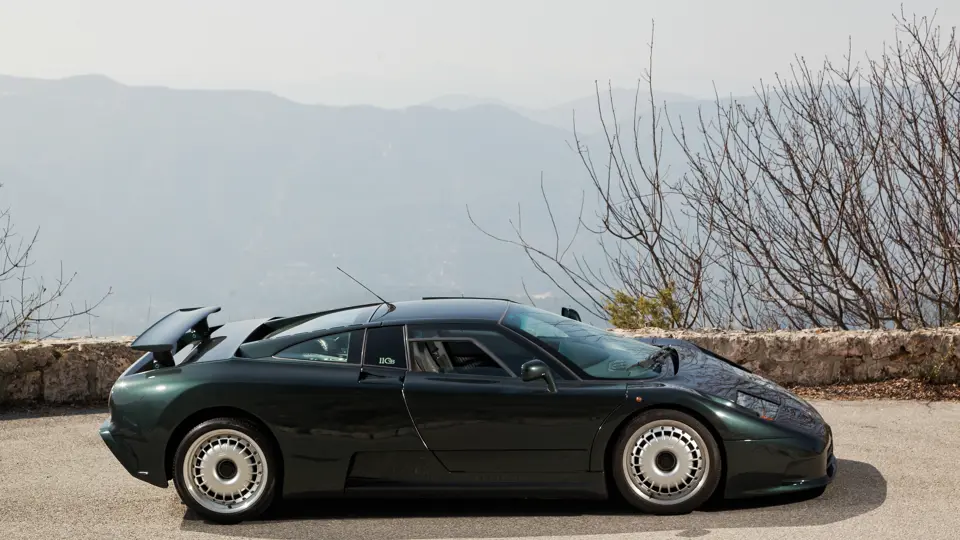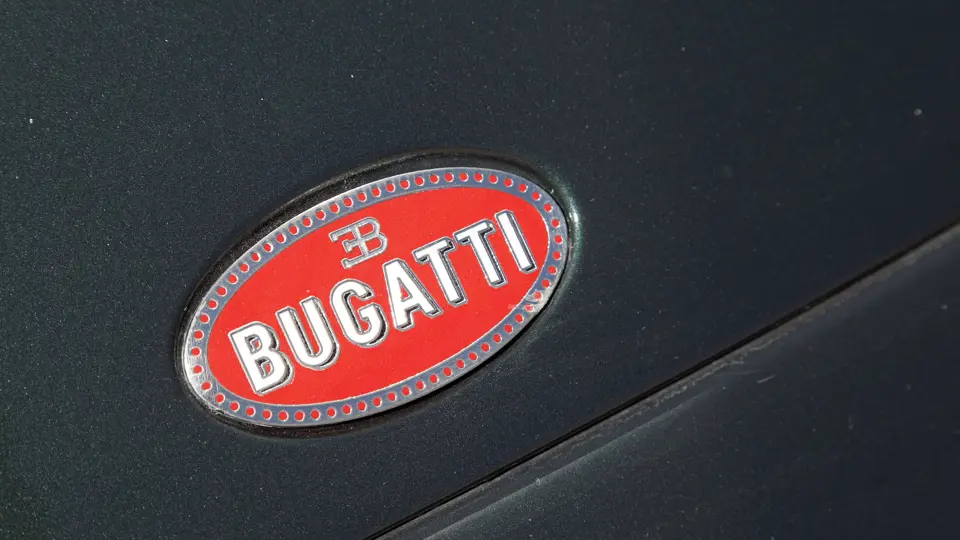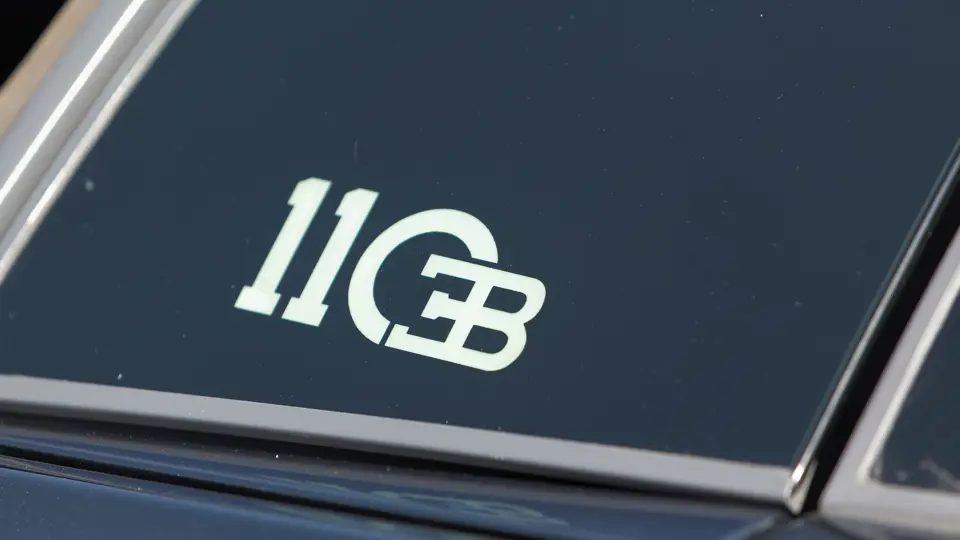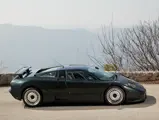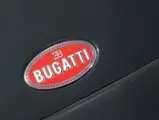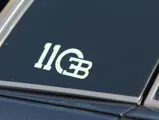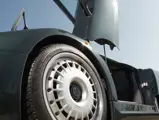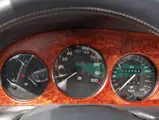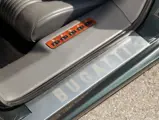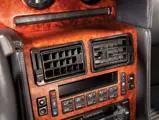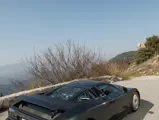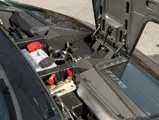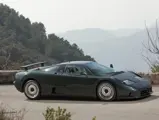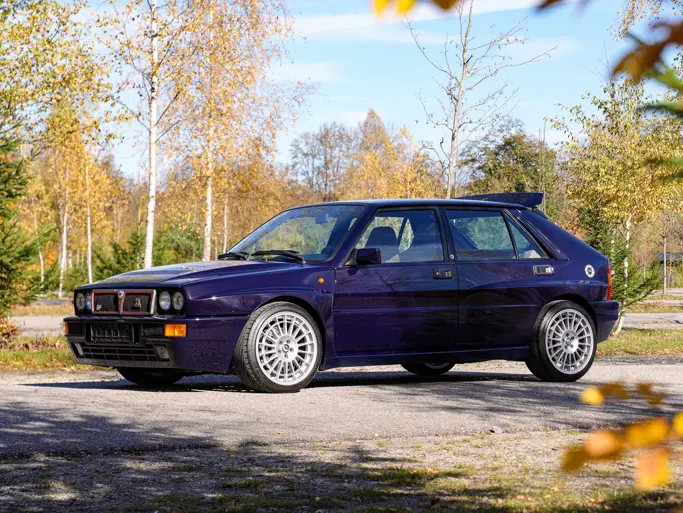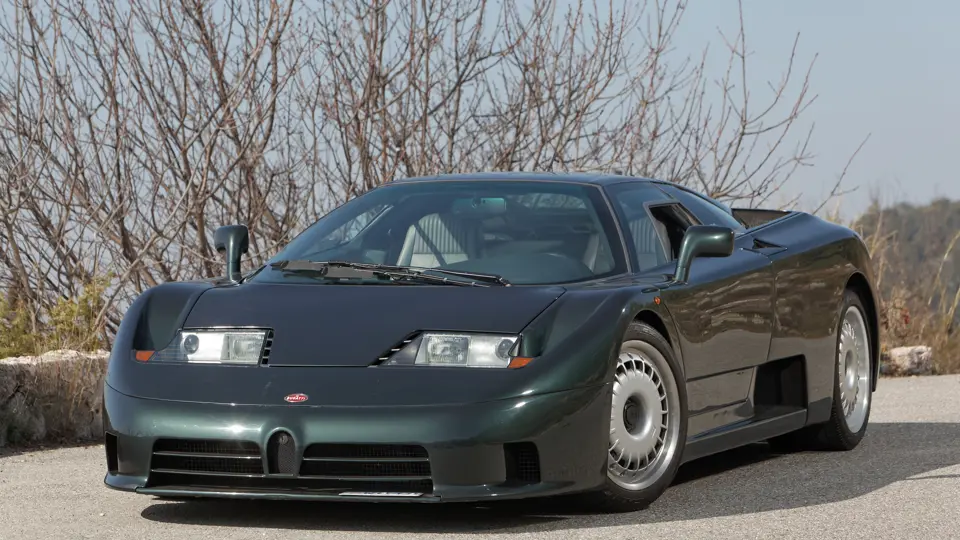
1993 Bugatti EB110 GT
{{lr.item.text}}
€280,000 EUR | Sold
{{bidding.lot.reserveStatusFormatted}}
- Bugatti’s ground-breaking 1990s supercar
- One of just 139 examples produced
- Just 24,000 kilometres from new
- La supercar révolutionnaire Bugatti des années 1990
- Seulement 139 exemplaires produits
- N'a couvert que 24 000 km depuis l'origine
560 bhp, 3,500 cc DOHC quad-turbo V-12 engine, six-speed manual transaxle, four-wheel drive, independent front and rear suspension, and four-wheel internally ventilated hydraulic disc brakes. Wheelbase 2,552 mm
Moteur V-12, 3 500 cm3, 560 ch, deux ACT par banc, quatre turbos, boîte six rapports transaxle, transmission intégrale, suspension avant et arrière indépendante, freins hydrauliques à disques ventilés intérieurement sur les quatre roues. Empattement: 2 552 mm.
Italian Ferrari dealer Romano Artioli dreamed of resurrecting one of the most storied marques in automotive history: Bugatti. Artioli’s Bugatti Automobile SpA was established in October 1987, and construction of a new, state-of-the-art factory in Campogalliano, Italy, began the following year. Within its walls, Artioli and a team of engineers laboured for nearly four years to create a supercar worthy of the fabled name. When it was ready, the EB110—Ettore Bugatti 110, honouring the great man’s 110th birthday—debuted on 15 September 1991, at the Palace of Versailles, in front of the
Grande Arche de la Défense in Paris.
The EB110 GT was a supercar in the truest sense of the word, as it was powered by a 3.5-litre V-12 with four turbochargers, which was an industry first. This engine, mated to a six-speed manual transmission, was capable of producing 560 horsepower, which was sufficient enough to move the EB110 GT to a top speed of 213 mph. The angular, modern styling was penned by Giampalo Benedini and Marcello Gandini, and it bore Gandini’s signature “scissor doors”, which only added to the model’s exotic looks.
Unfortunately, due to the effects of a worldwide economic recession, the success of the new Bugatti proved short lived. The manufacturer went bankrupt in 1995, and its assets were sold to Jochen Dauer, whose resources allowed for an additional 11 production cars to be completed before production of this fascinating supercar ceased for good.
Construction of the EB110 GT began on 17 April 1993, with factory testing taking place on 7 May and the official completion being listed as occurring on 11 May. On that very same day, most likely at the factory, the car, finished in the incredibly rare shade of Verde Scuro, was delivered to its original owner, a German enthusiast by the name of Polhmann. It is believed to have later passed through the care of owners in Austria and Monaco before coming into the ownership of its present caretaker, an enthusiast based in Italy.
Whilst perhaps not born in the best economic climate, EB110s have always had a strong following, as they provide incredible performance even by today’s standards. Even though Artioli’s Bugatti was short lived, it still carried on Bugatti’s tradition of creating the finest sports and racing cars for the most discerning of clients. The odometer on this example reads just over 24,000 kilometres from new, and when considering its striking dark green finish and incredible condition, this is truly an opportunity not to be missed.
Le distributeur Ferrari Romano Artioli rêvait de faire revivre une des marques les plus prestigieuses de l'histoire de l'automobile : Bugatti. Bugatti Automobile SpA était alors établie en octobre 1987 par Artioli, et la fabrication d'une nouvelle usine-modèle à Campogalliano, en Italie, commençait l'année suivante. Derrière les murs, Artioli et une équipe d'ingénieurs travaillaient pendant presque quatre ans pour mettre au point une supercar qui soit à la hauteur du nom fameux. Une fois terminée, l'EB110—Ettore Bugatti 110, en hommage au 110e anniversaire du créateur—était présentée le 15 septembre 1991 au pied de la Grande Arche de la Défense, à Paris.
L'EB110 GT était une supercar au vrai sens du terme, car elle était propulsée par un V-12 de 3,5 litres doté de quatre turbocompresseurs, ce qui était une première dans l'industrie automobile. Ce moteur, relié à une boîte de vitesse manuelle à six rapports, développait 560 ch, ce qui permettait à l'EB110 d'atteindre l'incroyable vitesse de pointe de 340 km/h. Le dessin anguleux et moderne était dû à Giampalo Benedini et Marcello Gandini, et il comportait les portes à ouverture « en ciseau » chères à Gandini, ce qui participait à la personnalité exotique de la voiture.
Malheureusement, à cause d'une crise économique mondiale, le succès de la nouvelle Bugatti n'a pas duré longtemps. Le constructeur a dû déposer le bilan en 1995, et ses actifs ont été repris par Jochen Dauer. Les ressources de Dauer ont alors permis de fabriquer 11 autres exemplaires de série, avant que la production de cette fascinante supercar ne connaisse un terme définitif.
La production de cette EB110 GT a commencé le 17 avril 1993 et les essais d'usine ont été effectués le 7 mai, la voiture étant officiellement terminée le 11 mai. Ce même jour, très probablement à l'usine, cette voiture—qui est peinte d'une couleur Verde Scuro extrêmement rare—était livrée à son premier propriétaire, une passionné allemand du nom de Polhmann. Elle serait passée ensuite entre les mains d'amateurs basés en Autriche et à Monaco, avant d'être achetée par l'actuel propriétaire, un passionné situé en Italie.
Bien qu'elle ne soit pas née dans le meilleur climat économique, l'EB110 a toujours connu des partisans fidèles, car elle offre des performances hors du commun, même selon les standards actuels. Même si l'entreprise Bugatti d'Artioli n'a pas vécu longtemps, elle a respecté la tradition de la marque de produire les voitures de sport et de course les plus à la pointe de la technique, pour les clients les plus avisés. Le compteur kilométrique de cet exemplaire indique 24 000 km d'origine : en y ajoutant sa superbe teinte vert foncé et son excellent état, cela en fait vraiment une opportunité à ne pas manquer.




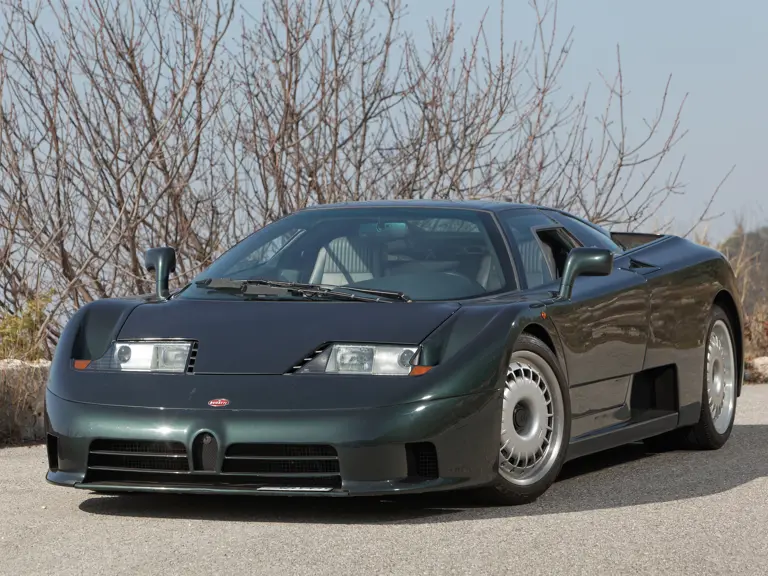
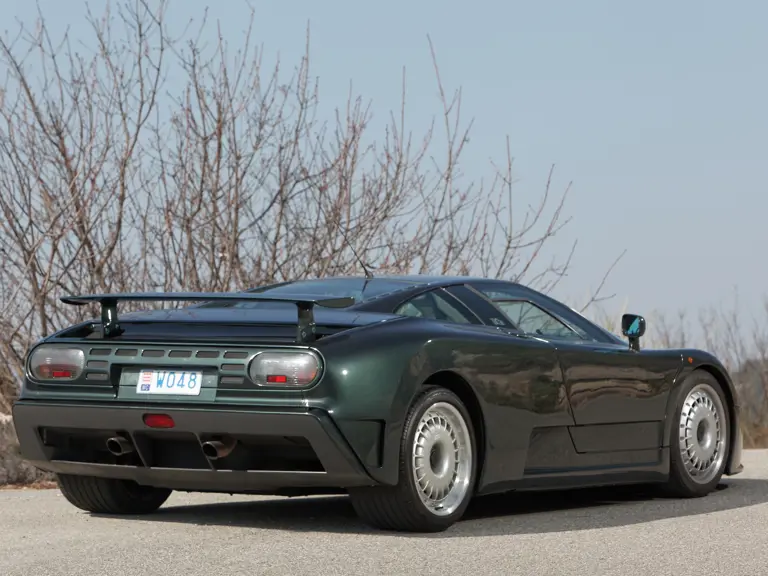

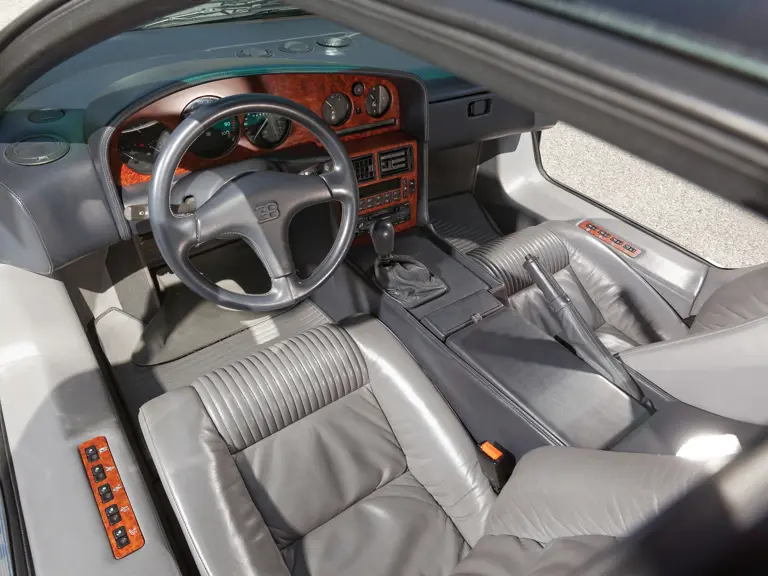
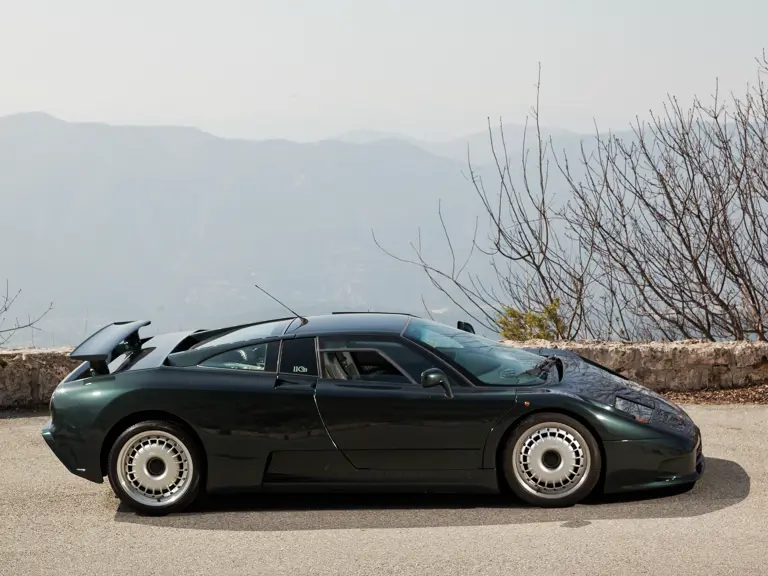
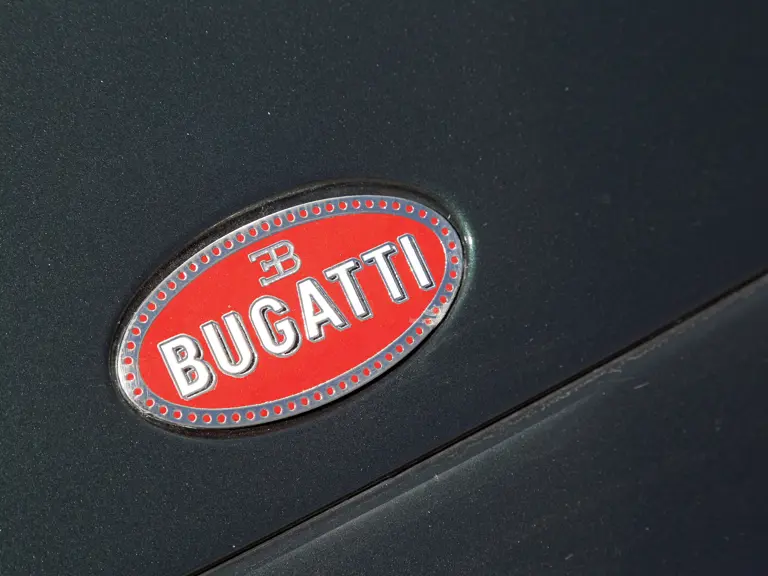
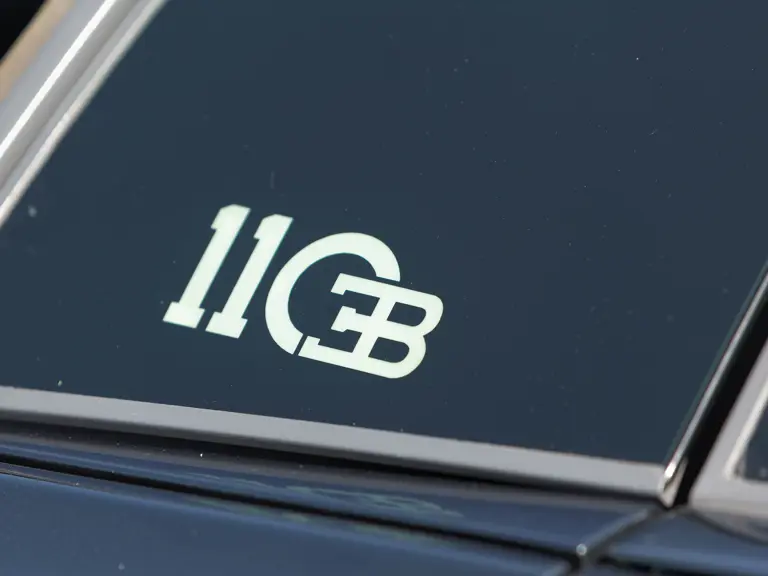
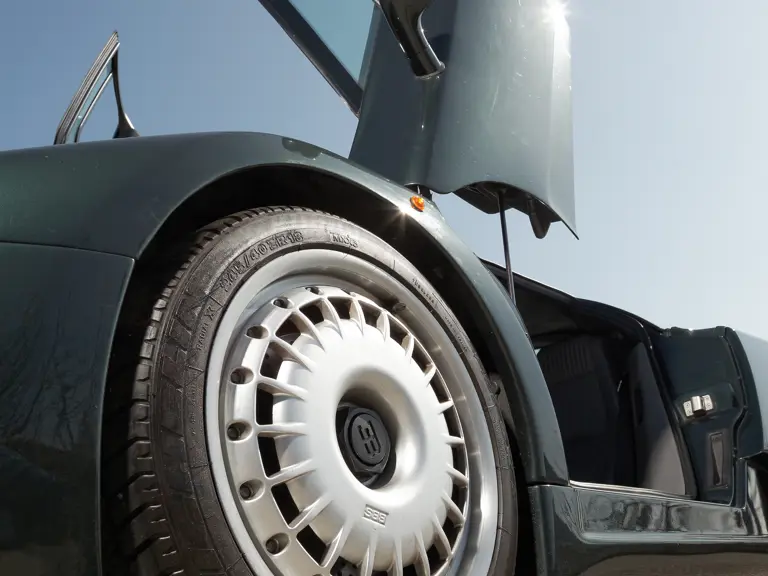
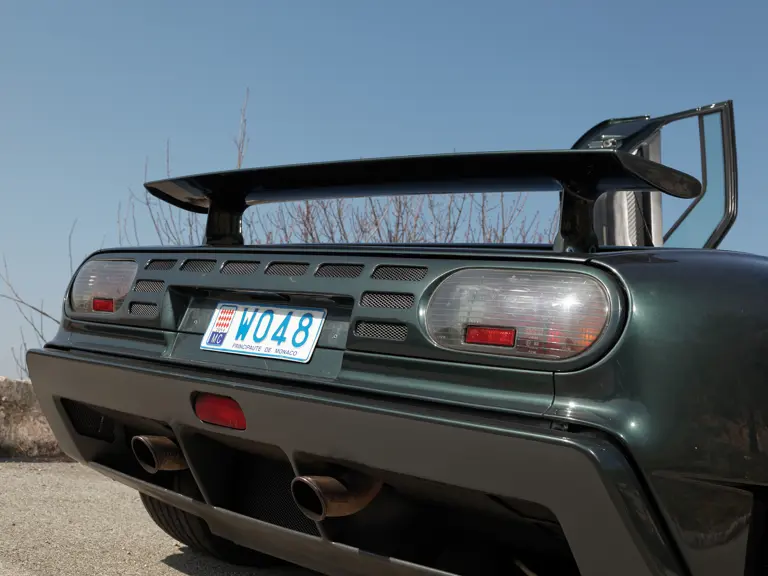
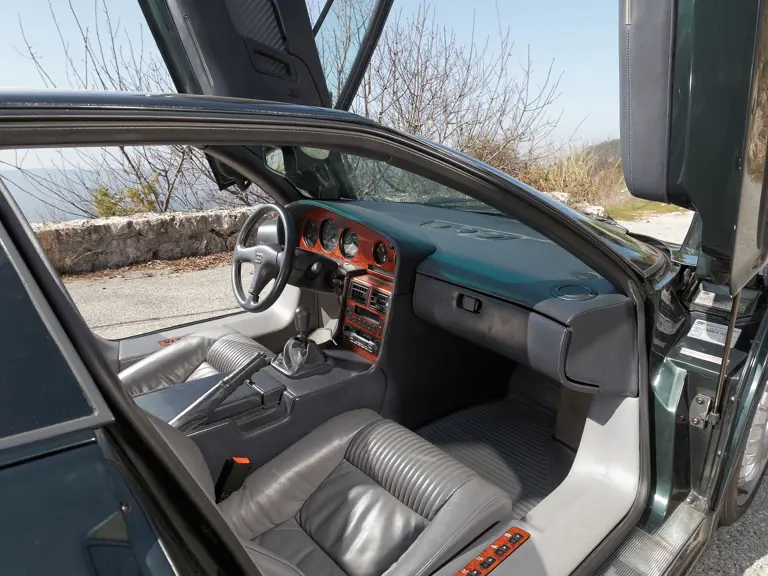
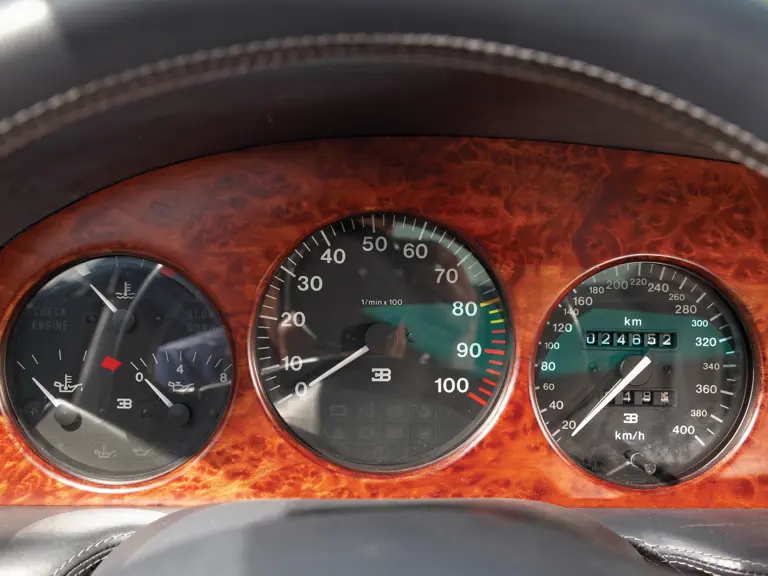
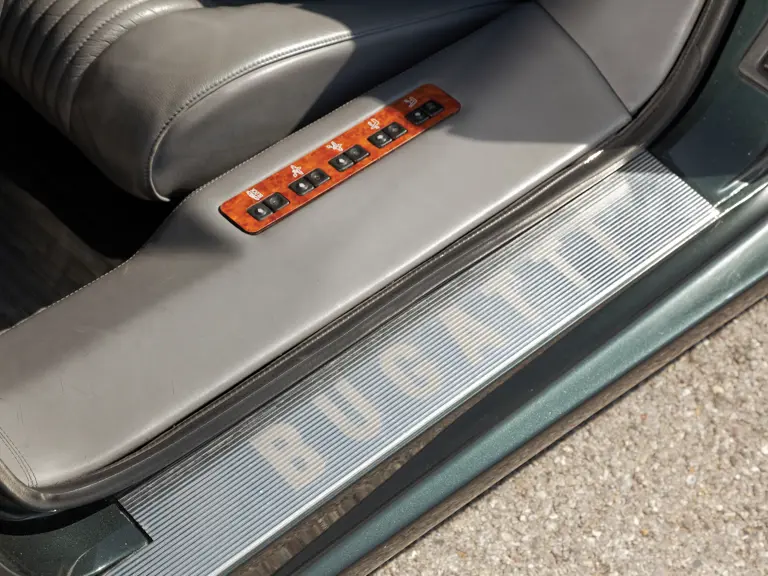
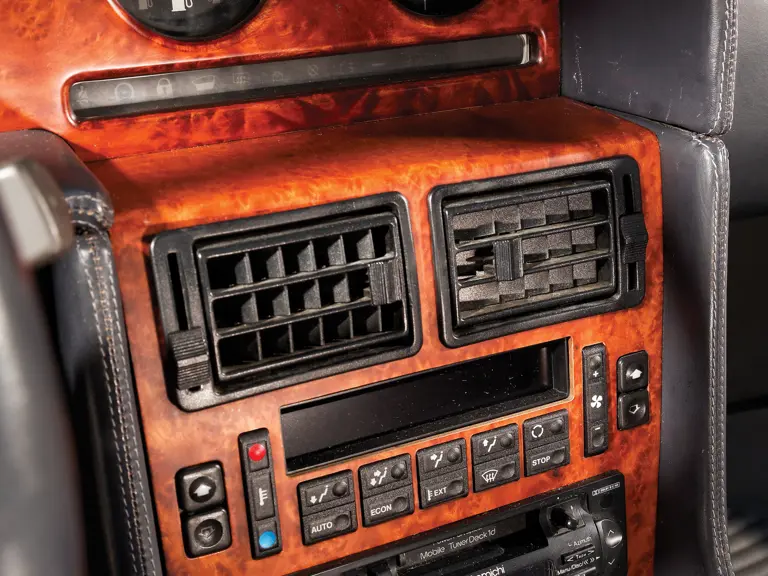
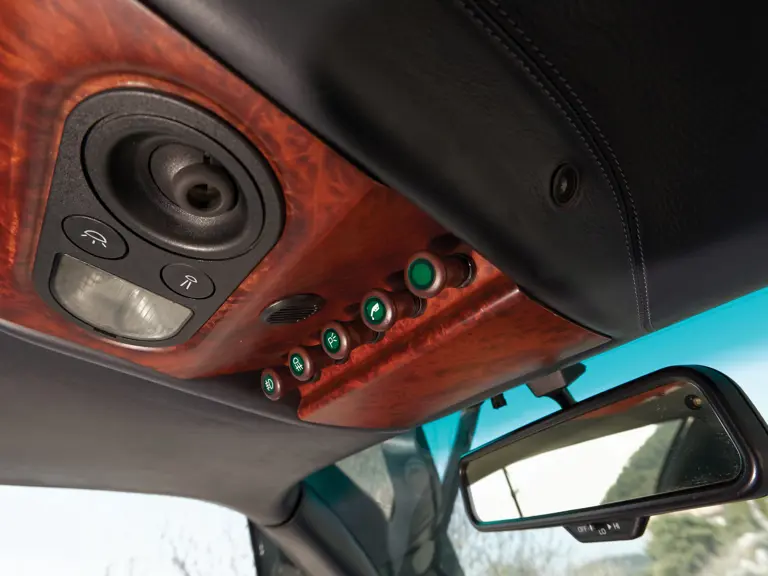

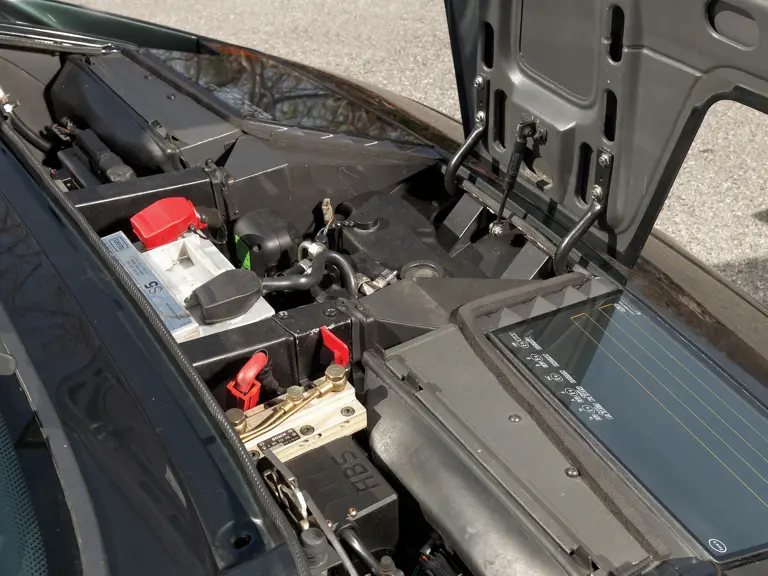
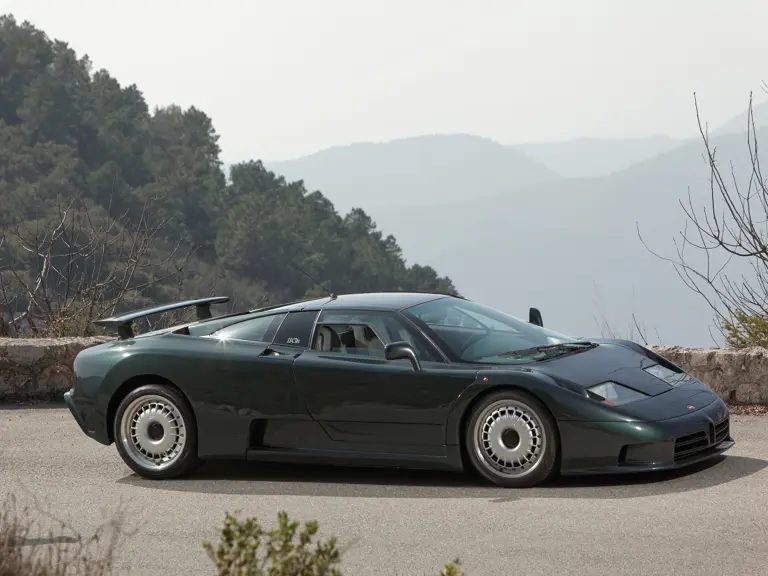
 | Monte Carlo, Monaco
| Monte Carlo, Monaco
